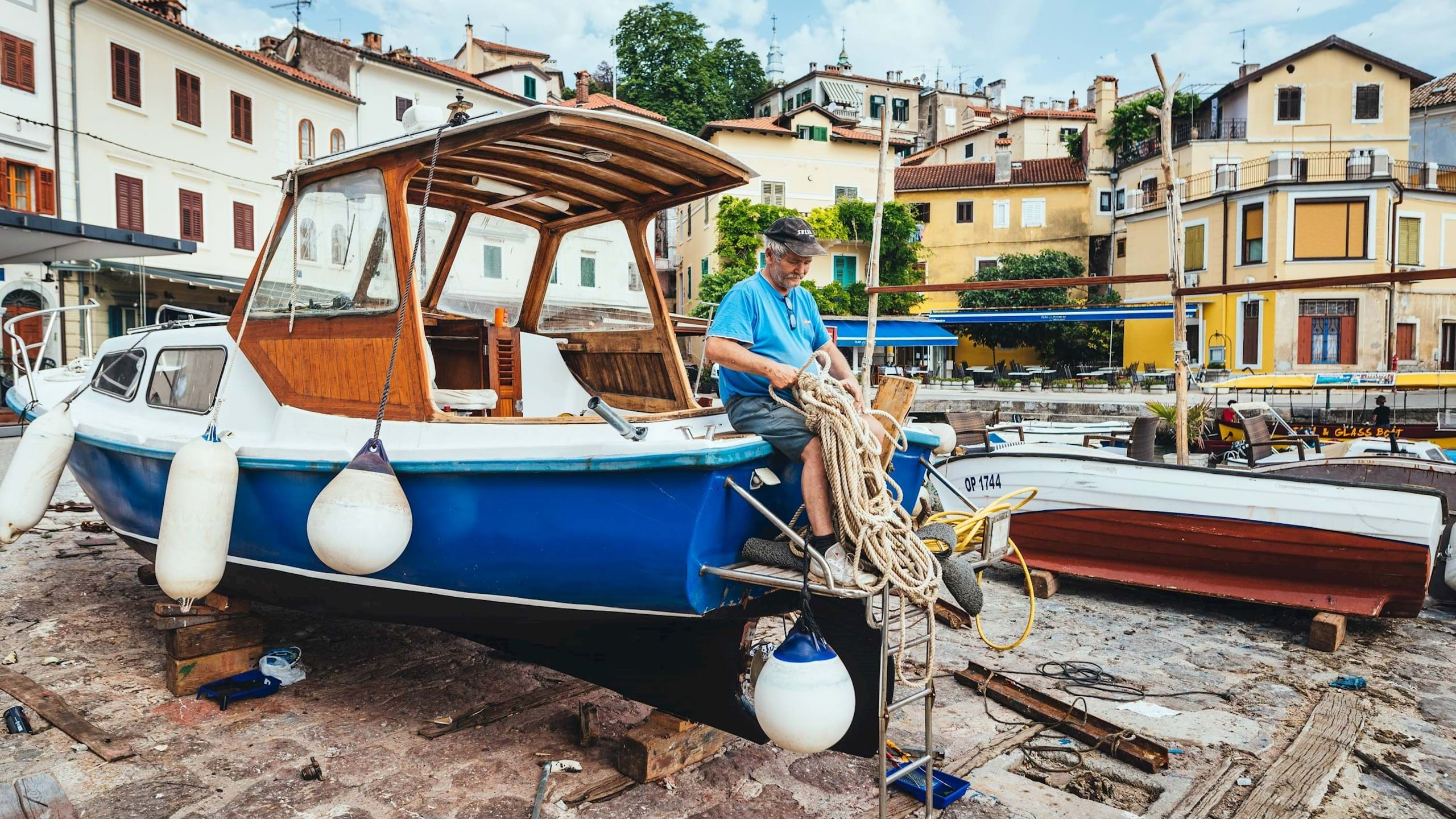Tradition
Learn about the fascinating traditional crafts first-hand. Try them out, and you might discover a new talent!
Opatija
Life in harmony with nature
The tradition of this region relies on a special bond with nature. Here, the sea and the mountain were the "fields" that fed generations with their fruit and provided them with shelter and everything required for a demanding, but beautiful life. If you really want to get to know Opatija, you have to experience its history...
How did the inhabitants of Opatija live a hundred years ago and more? Without the luxury of modern technology, daily life was completely in tune with nature, its rhythm and dynamics. Locals were fed by the sea, which they conquered using the ships they built themselves, and the land they cultivated with their own tools, the houses they built and the clothes they made themselves...
These very inhabitants produced wine and brandy in their taverns, ground flour in the mills and weaved baskets for picking forest fruits and nets for catching fish. The area between the sea and the hinterland through the mountains was known for its dairy produce and the local women who made it.
Experience the close proximity to nature yourself: try your hand at basket weaving or knitting fishing nets and go scampi fishing with the fishermen, build a drywall using a method that has remained unchanged for centuries, try homemade brandy (rakija) distilled in a tavern, walk along the paths of the dairy-women - feel and experience the spirit of tradition in this region!
Piran
Deep traces of history
How do you weave a characteristic Istrian basket? What is the taste of Istrian bread from an oven that local women sold in villages and remote towns? How do folk reed instruments sound? Get to know and experience the rich tradition of this place!
Once a source of survival and today an important part of the local culture: the intertwining of tradition and modernity is revealed to the visitor at every turn - in culinary and traditional events, nature parks and cultural institutions.
History has left deep traces in this area as well as an endless heritage waiting to be explored. Do you know the story of the women traders called Šavrinke, the residents of the Šavrin Hills in the Istrian hinterland, who baked white bread and carried it in baskets on their heads, or in saddle-bags to be sold in Trieste, Piran and other places? Not only can you hear the story, but you can also taste the bread made according to the traditional recipe!
Get to know how to weave the ”sprt” - a characteristic Istrian basket made of osier (a species of willow) that was once used for fruit picking, or make flutes - a simple folk reed instrument - that produce a buzzing sound when you blow through the hole. Discover the shipbuilding craft that has developed over millennia in Istria and become one of the most significant of its kind, or where people built smaller wooden vessels like the "batana" on their own, in cellars or out in the field.











